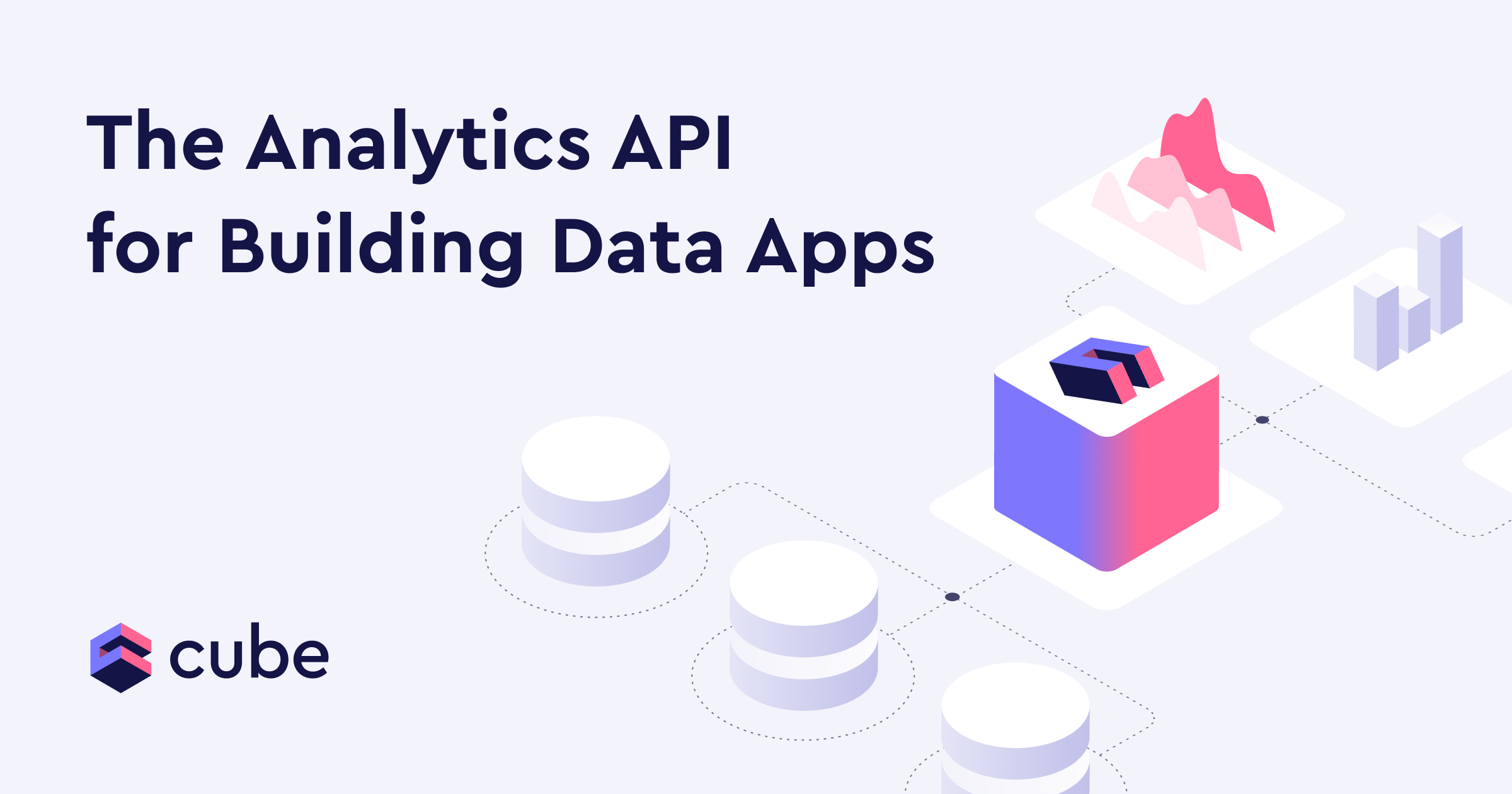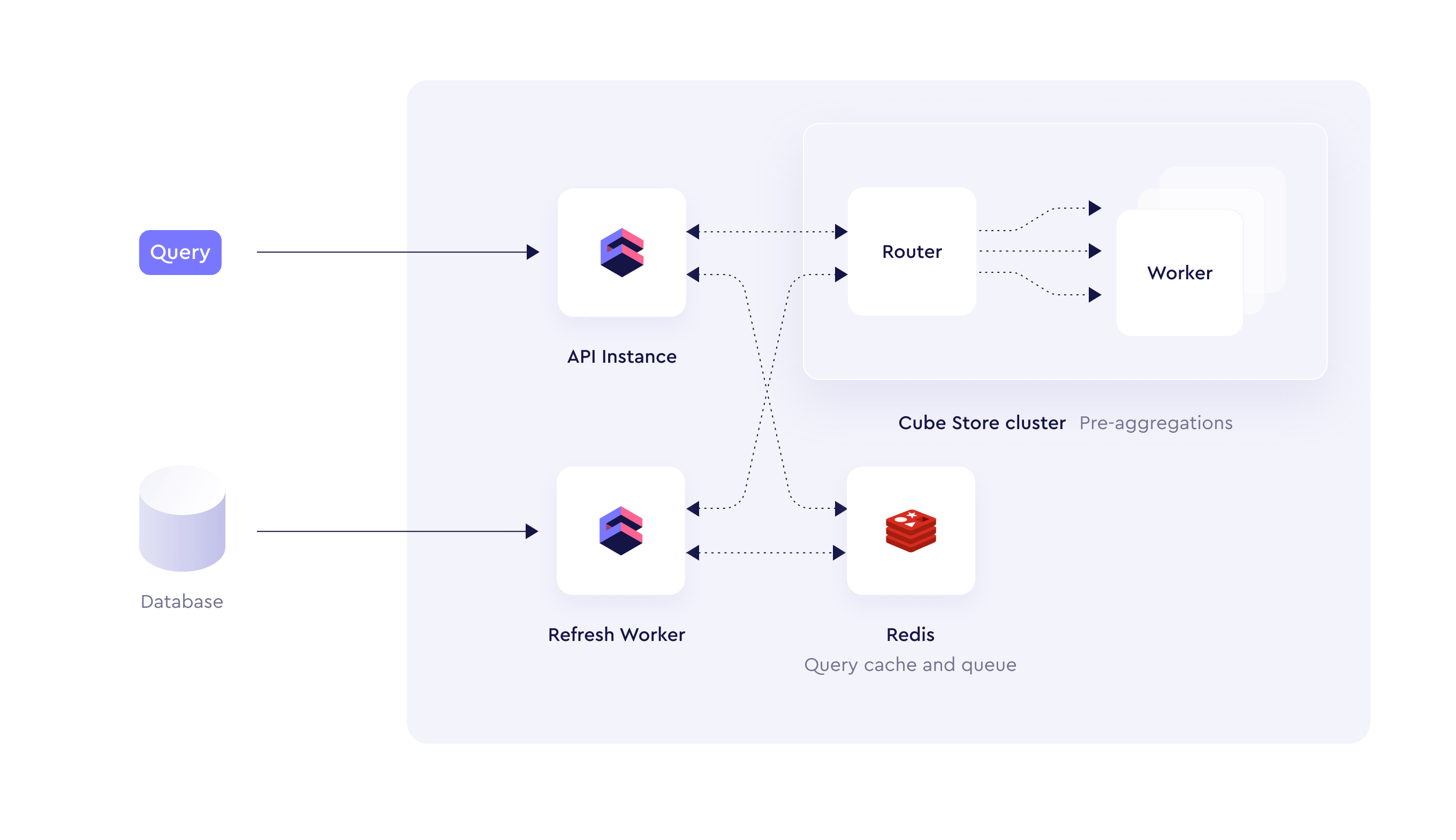
Cube.js is an open-source analytics framework that helps developers to create a fast and flexible backend for building analytical applications. It provides a powerful SQL-based query language and pre-aggregation capabilities that can significantly speed up the performance of analytical queries.
In this article, we’ll explore the benefits of using Cube.js for building analytical applications and how it can simplify the development process.
What is Cubejs?
Cube.js is an analytics framework that provides a flexible and efficient way to build analytical applications. It provides a backend service that connects to your data sources and generates pre-aggregated data that can be queried using a powerful SQL-based query language. With Cube.js, you can build analytical applications that can handle large volumes of data, complex queries, and real-time data streams.
One of the key benefits of using Cube.js is its ability to pre-aggregate data. Pre-aggregation means that the framework can generate summaries of data in advance, which can significantly speed up the performance of analytical queries. Cube.js automatically generates pre-aggregated data based on the dimensions and measures defined in the data schema.
Another benefit of Cube.js is its support for real-time data streams. You can configure Cube.js to ingest data from streaming sources such as Apache Kafka, AWS Kinesis, or Google Pub/Sub. This allows you to build real-time dashboards and applications that can respond to changes in data in near real-time.
Why Use Cubejs?
- Easy to use: Cube.js provides a set of tools and libraries that allow developers to build data models and perform analysis on them without having to worry about the complexities of querying databases. This makes it easy for developers to build analytical applications.
- Real-time analysis: Cube.js can aggregate data in real-time, making it possible to analyze data as it is generated. This provides developers with real-time insights into the data.
- Multiple data sources: Cube.js supports various data sources, including SQL databases, NoSQL databases, and external APIs. This flexibility allows developers to work with the data source that best suits their needs.
- Pre-aggregated data: By pre-aggregating data, Cube.js significantly reduces the query response time, making the analytical application faster and more efficient.
- Caching: Cube.js supports caching, which further improves the performance of the analytical application. Cached data is stored in memory, reducing the need for queries to the data store.
Usecases

- Dashboards: We can build dashboards that provide real-time insights into data by Cube.js. Dashboards can be used to monitor key metrics, track progress, and identify trends.
- Business Intelligence: Cube.js can be used to build business intelligence applications that provide insights into customer behavior, product performance, and market trends.
- Data Visualization: We can build data visualization applications that provide interactive visualizations of data. Data visualization can be used to identify patterns, trends, and outliers in data.



